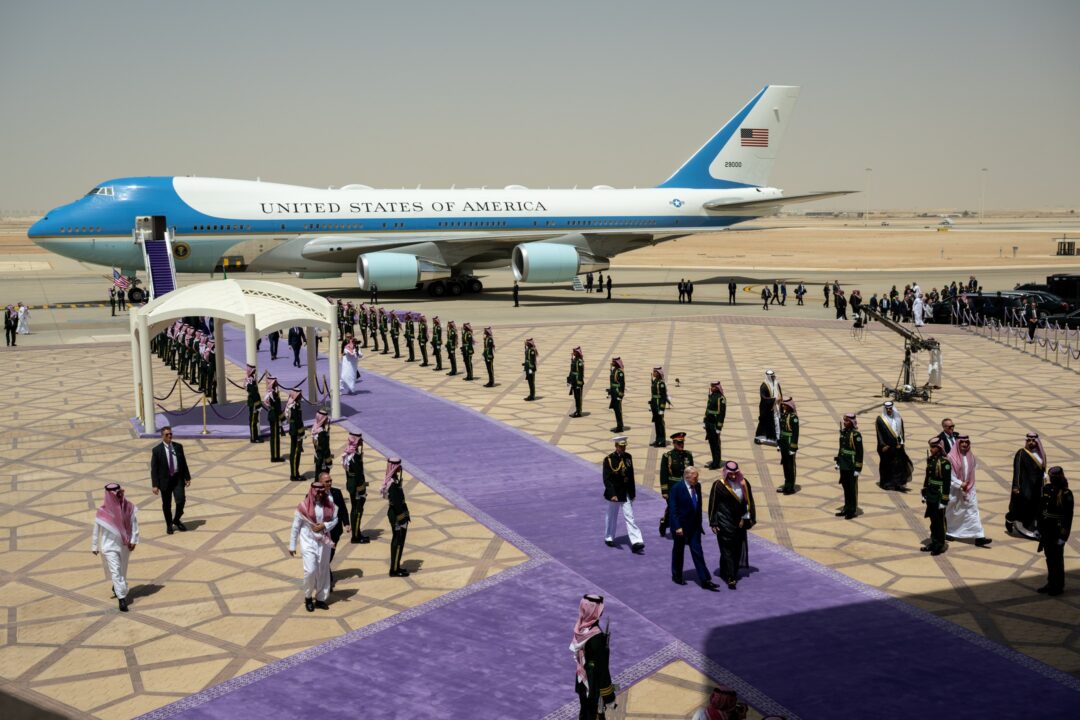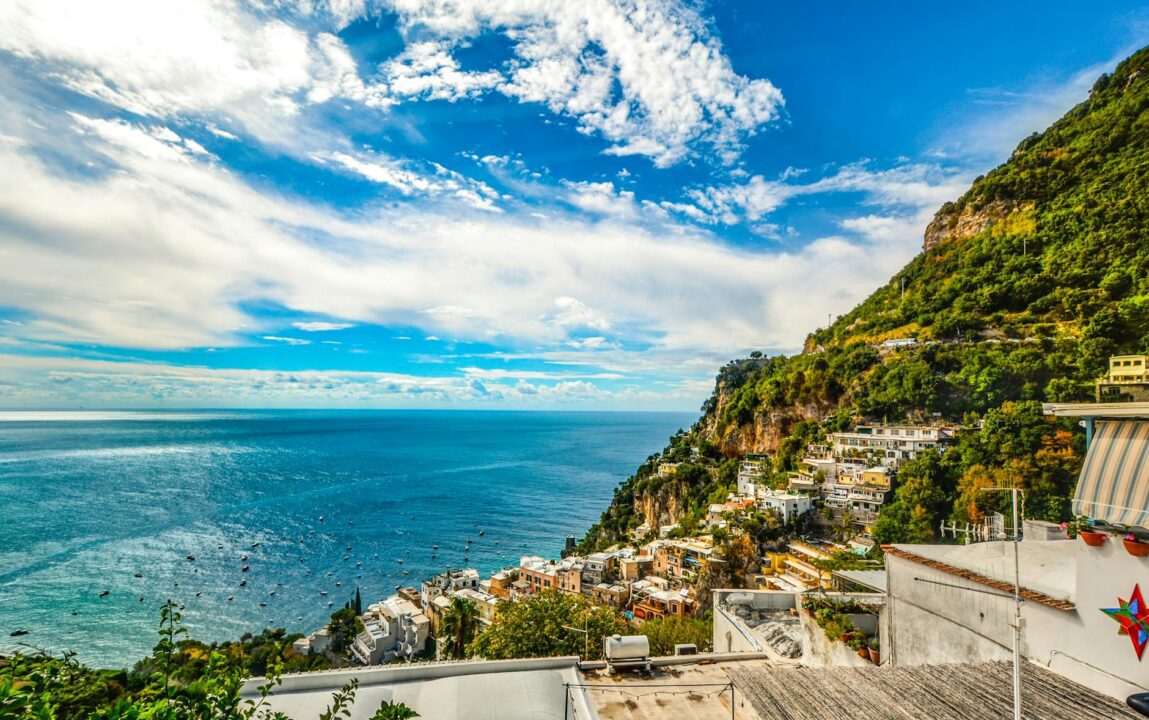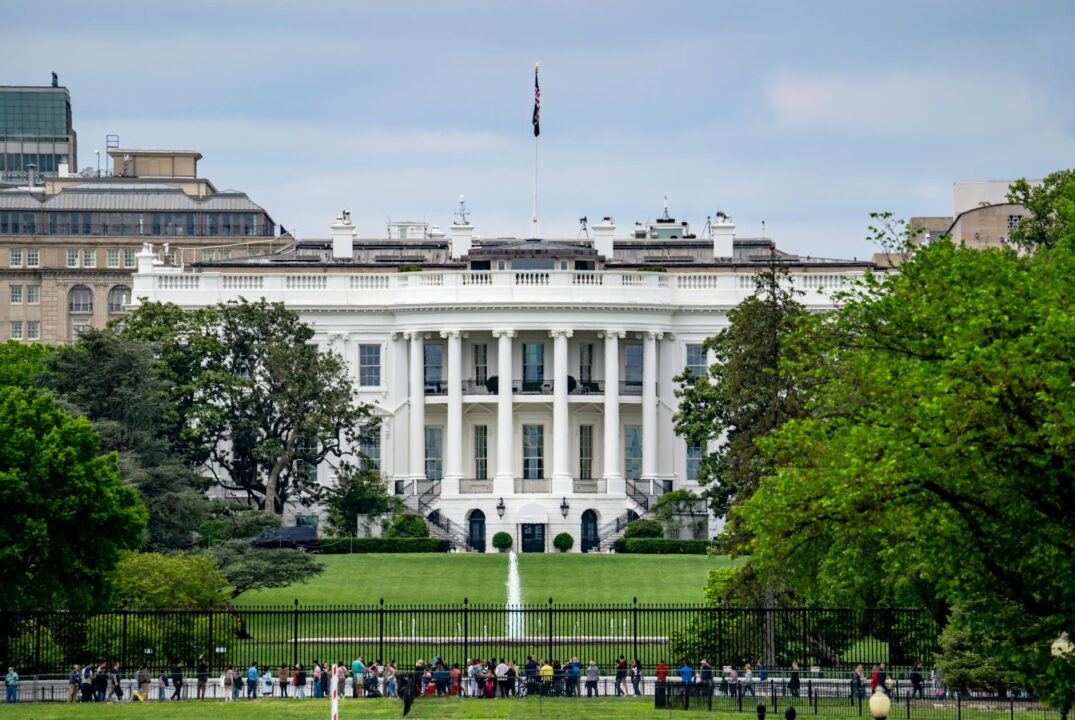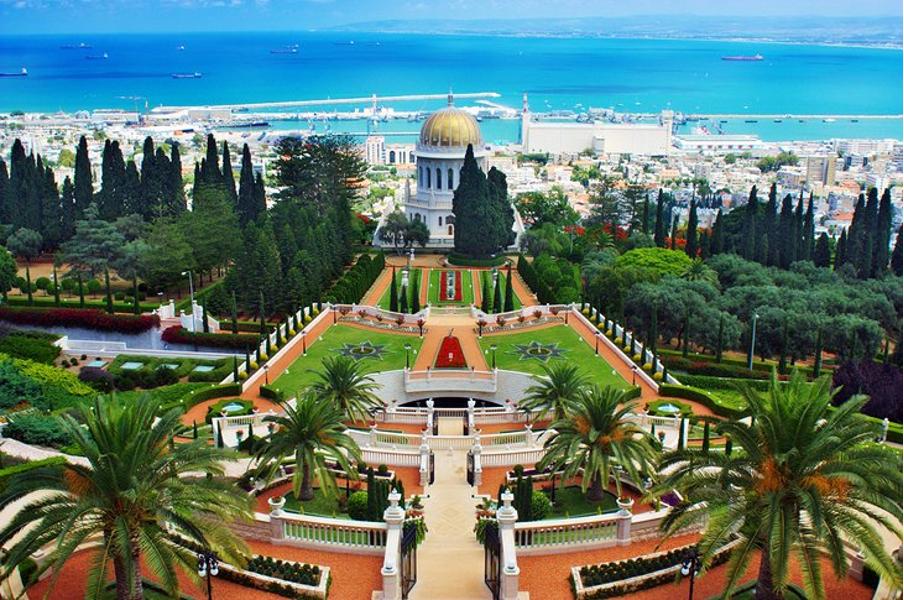*The President secured historic investment deals, engaged with regional leaders, and emphasized a new approach to diplomacy and economic growth*
In a significant move marking the start of his second presidency, President Trump embarked on a high-profile tour of the Middle East this week, visiting key allies Saudi Arabia, Qatar, and the United Arab Emirates. This comes after Canadian Prime Minister, Marc Carney visited the White House to address Canada-U.S relations. The Middle East visit underscores the enduring importance of diplomatic relations in the region and aims to strengthen economic, security, and cultural ties.
Countries Visited and Key Engagements
I. Saudi Arabia
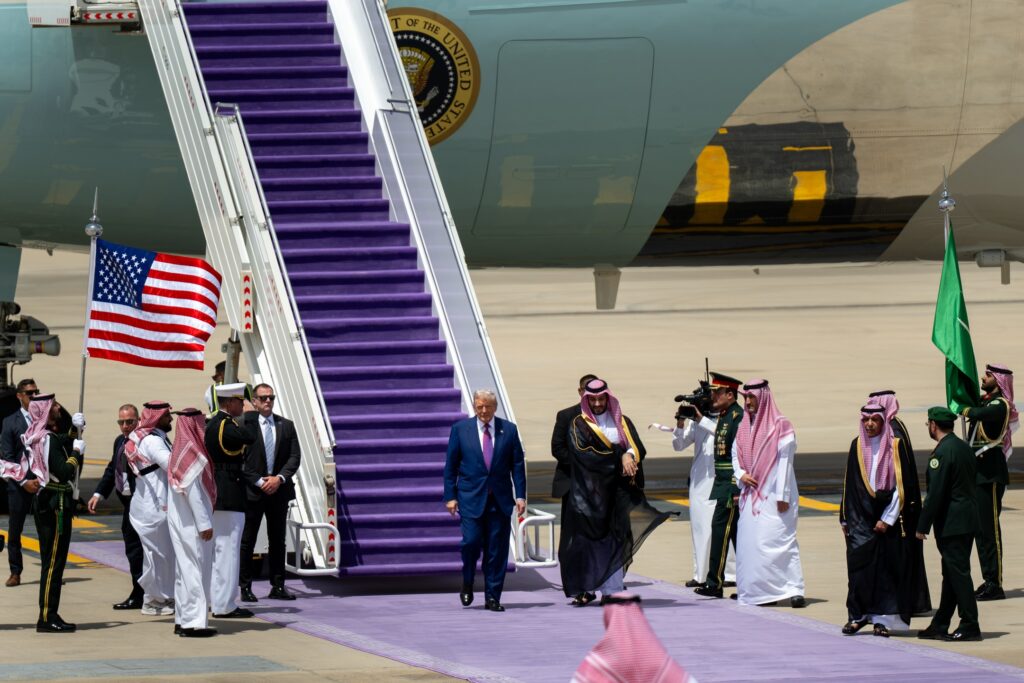
President Trump first traveled to Riyadh, where he was received by King Salman bin Abdulaziz Al Saud and Crown Prince Mohammed bin Salman. The meetings focused on regional stability, counter-terrorism cooperation, and energy markets. The leaders discussed expanding oil production agreements and enhancing military collaboration amidst geopolitical tensions in the region.
An Important fact about Riyadh is that it is the capital and largest city of Saudi Arabia. It serves as the political, administrative, and cultural center of the country, and is also one of the fastest-growing cities in the world, with a population of over 7 million people. Riyadh plays a key role in Saudi Arabia’s economy, politics, and development initiatives, including the Vision 2030 plan aimed at diversifying the country’s economy and reducing dependence on oil.
II. Qatar
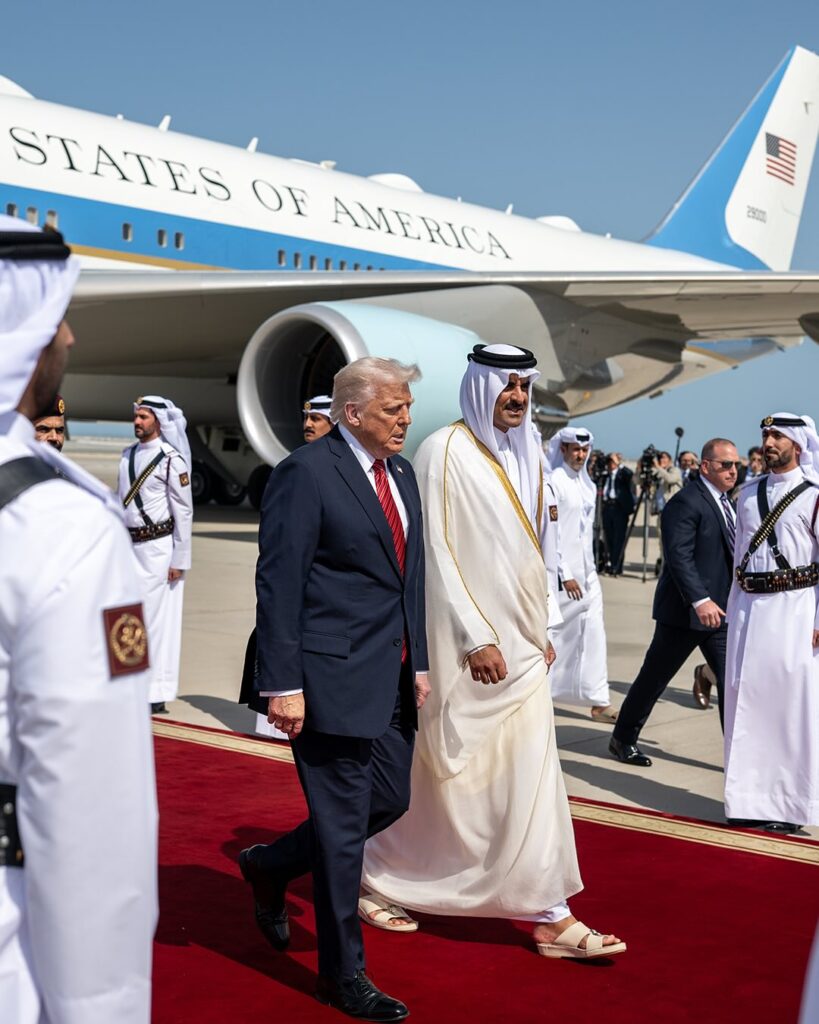
Next, the President visited Doha, meeting with Emir Sheikh Tamim bin Hamad Al Thani. The talks likely centered on trade relations, regional security, and efforts to resolve ongoing diplomatic disputes. The visit also highlighted Qatar’s growing influence as a hub for diplomacy and international commerce.
An Important fact about Doha is that it is the capital and largest city of Qatar, serving as the political, economic, and cultural hub of the country. Doha has experienced rapid development over the past few decades, transforming into a modern metropolis with impressive skyscrapers, world-class infrastructure, and hosting major international events, such as the FIFA World Cup 2022. The city is also known for its vibrant arts scene, luxury hotels, and being a major center for finance and commerce in the Middle East.
III. United Arab Emirates (UAE)
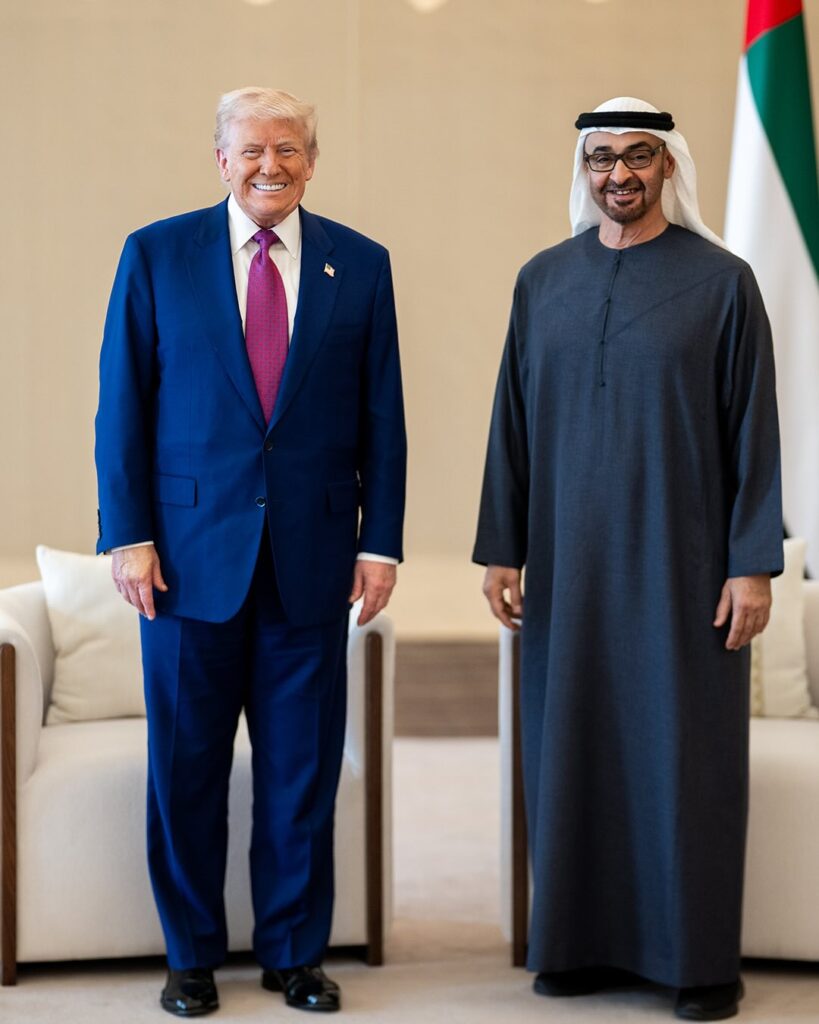
The final stop was Abu Dhabi, where discussions with President Mohamed bin Zayed Al Nahyan emphasized economic partnership and technological innovation. The President attended a reception at the Presidential Palace, engaging with UAE officials and business leaders on promoting investments and renewable energy initiatives.
An Important fact about Abu Dhabi is that it is the capital and the largest of the seven emirates that make up the United Arab Emirates. Abu Dhabi is a major center for the country’s oil industry, which has significantly contributed to its wealth and development. Additionally, it is known for its modern architecture, luxury lifestyle, and cultural landmarks such as the Sheikh Zayed Grand Mosque, one of the largest mosques in the world. Abu Dhabi also plays a key role in regional diplomacy and international diplomacy within the Middle East.
Key Figures Met and Diplomatic Significance
Throughout his trip, President Trump met with top royal and political figures, including monarchs, crown princes, and policymakers. These meetings are vital for reaffirming bilateral commitments and addressing regional challenges such as Iran’s influence, regional conflicts, and economic diversification.
I. King Salman bin Abdulaziz Al Saud: is the current king of Saudi Arabia.
As King, Salman holds the highest political and ceremonial authority in Saudi Arabia. He is also the Prime Minister of the country, which consolidates his leadership over both the government and the state. Additionally, he serves as the Chairman of the Council of Ministers and the Supreme Petroleum Council, giving him significant influence over the country’s economic policies, especially related to oil.
King Salman has substantial powers in the Saudi political system, which is an absolute monarchy. He appoints ministers, officials, and members of the royal family to various key positions, and he has the authority to issue royal decrees that shape national policy. His leadership also influences Saudi Arabia’s foreign policy and regional strategies.
Overall, King Salman is one of the most powerful figures in Saudi Arabia and the Middle East, with his influence extending across domestic governance, economic policy, and regional diplomacy.
II. Crown Prince Mohammed bin Salman, also known as MBS, is the son of King Salman bin Abdulaziz Al Saud and the designated heir to the Saudi throne.
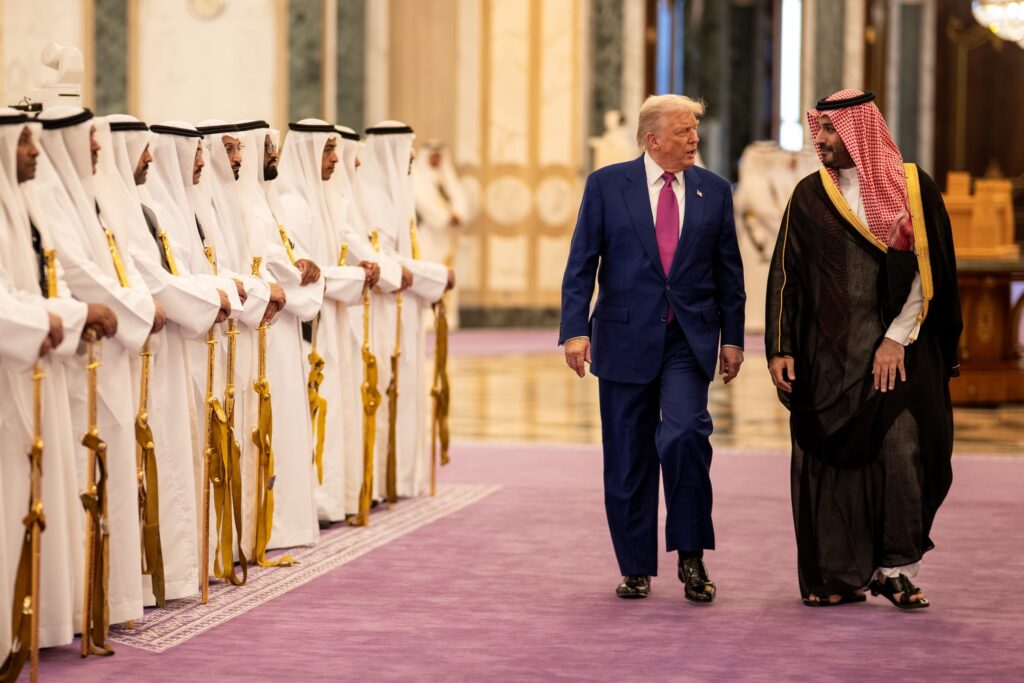
Position:
– Crown Prince of Saudi Arabia (since June 21, 2017)
– Deputy Prime Minister (a role he has held since his appointment as Crown Prince)
– Minister of Defense
– Chairman of the Council of Economic and Development Affairs
Power and Influence:
As Crown Prince, Mohammed bin Salman holds significant authority in Saudi Arabia’s government, often considered the de facto ruler. His roles as Minister of Defense and head of various economic and developmental councils give him control over both the country’s security and economic policies.
He has been a driving force behind major reforms, including:
– Vision 2030, a plan to diversify Saudi Arabia’s economy away from oil dependence
– Social reforms such as granting women more rights
– Shaping foreign policy, including regional interventions and diplomatic strategies
While the ultimate authority remains with King Salman, Mohammed bin Salman’s strategic positions and initiatives grant him exceptional influence over the country’s direction. His leadership style is characterized by centralizing power and implementing extensive reform agendas to modernize Saudi Arabia.
Emir Sheikh Tamim bin Hamad Al Thani is the current ruler of Qatar.
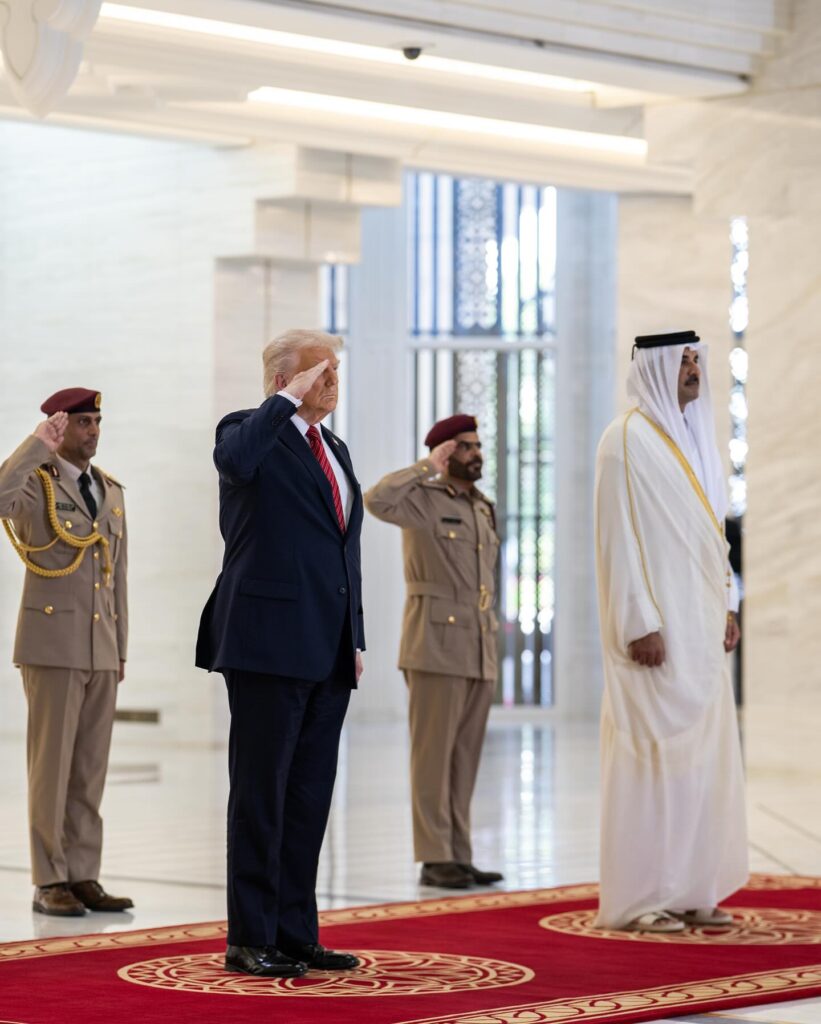
Position:
Emir of Qatar (since June 25, 2013)
Powers:
As the Emir, Sheikh Tamim bin Hamad Al Thani holds the highest authority in Qatar. His role combines both constitutional and executive powers, including:
– Legislative authority: Although Qatar has a legislative body, the Emir has significant influence over laws and policies.
– Executive authority: He oversees government functions, appoints ministers, and directs national policy.
– Military command: The Emir commands Qatar’s armed forces.
– Foreign policy: He represents Qatar internationally and makes key diplomatic decisions.
Influence:
Sheikh Tamim’s leadership is central to Qatar’s domestic and foreign policies. Despite some limited parliamentary structures, the Emir retains extensive control over the country’s governance, economy, and regional relations. Under his rule, Qatar has continued its efforts to develop its economy, expand its diplomatic influence, and host major international events such as the FIFA World Cup 2022.
In summary, Emir Sheikh Tamim bin Hamad Al Thani is the supreme ruler with broad powers that encompass political, military, and diplomatic leadership in Qatar.
President Mohamed bin Zayed Al Nahyan, often referred to as MBZ, is the President of the United Arab Emirates (UAE).
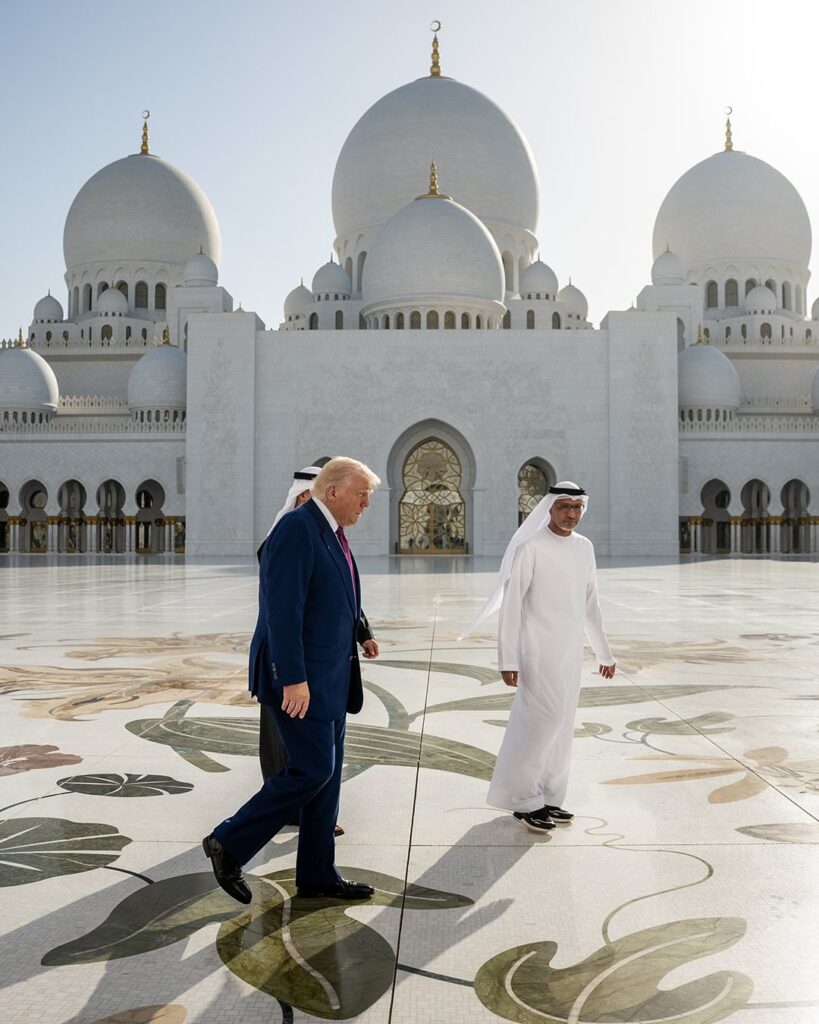
Position:
– President of the United Arab Emirates (since May 14, 2022)
– Ruler of Abu Dhabi (since November 13, 2004)
– Supreme Commander of the United Arab Emirates Armed Forces
Powers:
As the President of the UAE, Mohamed bin Zayed holds the highest executive authority in the country, which is a federation of seven emirates, with Abu Dhabi being the largest and most influential.
His roles include:
– Head of State: Represents the UAE domestically and internationally.
– Executive authority: Oversees national policy, security, and economic strategies.
– Military leadership: Commands the armed forces as Supreme Commander.
– Policy influence: Guides foreign relations and national development initiatives.
Significance:
MBZ is known for his strategic leadership, focus on economic modernization, regional stability, and foreign policy influence. He has played a key role in regional diplomacy, counter-terrorism efforts, and promoting investments and infrastructure development within the UAE.
In summary, President Mohamed bin Zayed Al Nahyan is the nation’s highest authority, wielding extensive influence in governance, military, and foreign affairs of the UAE.
Transportation and Sightseeing
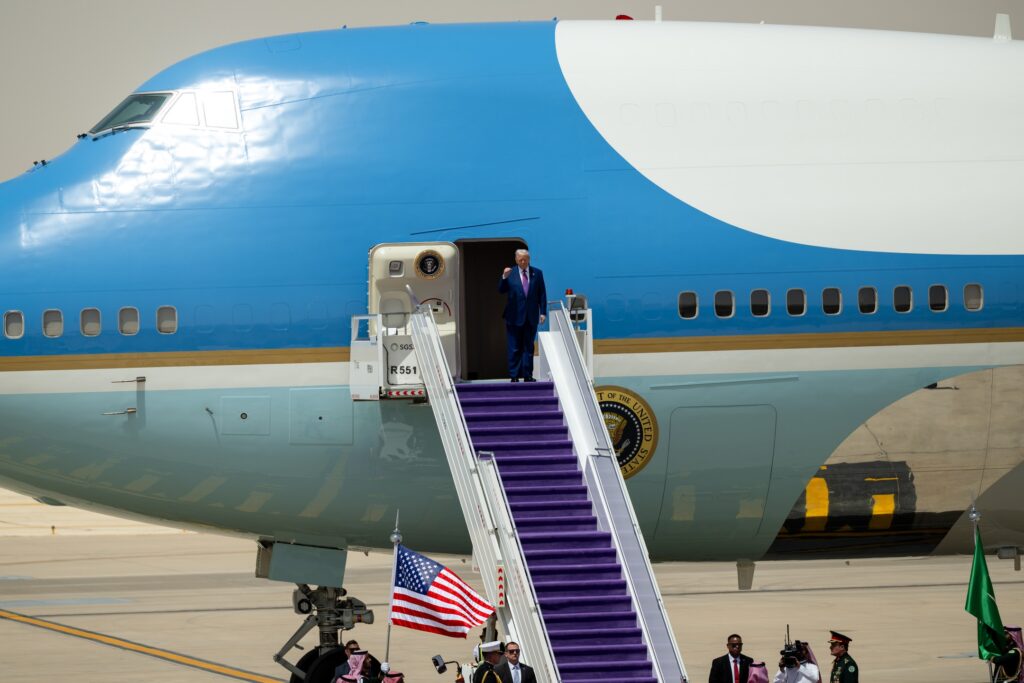
The President traveled aboard a specially designated Air Force One aircraft, emphasizing the importance of security and comfort. During his stays, he visited notable landmarks such as the king Abdulaziz Historical Center in Riyadh, the Museum of Islamic Art in Doha, and the Louvre Abu Dhabi. These visits aimed to foster cultural diplomacy and deepen mutual understanding.
This trip signals a renewed focus on Middle Eastern partnerships during President Trump’s second term. By engaging with key allies in the region, the U.S. aims to promote stability, foster economic growth, and counter regional security threats—all while strengthening diplomatic bonds that have long shaped international relations.
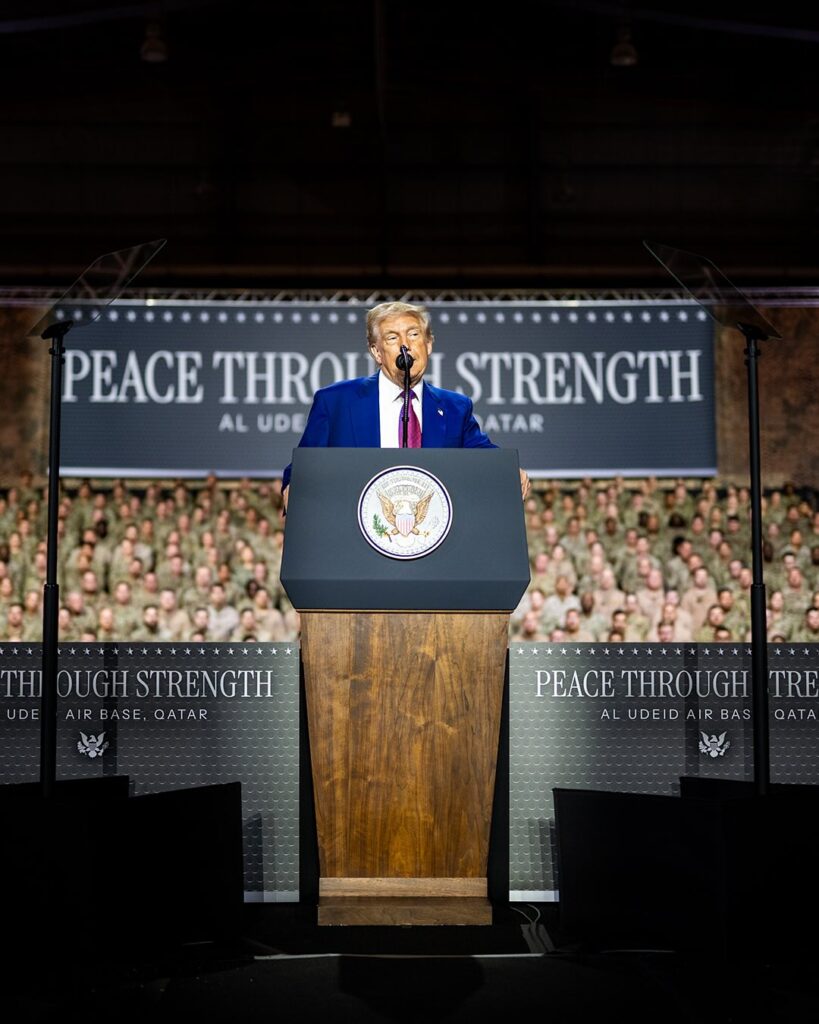
“While it took President Biden nearly four years to secure $1 trillion in investments, President Trump achieved this in his first month, with additional investment commitments continuing to roll in. The White House said,
‘President Trump is accelerating investment in America and securing fair trade deals around the world, paving the way for a new Golden Age of lasting prosperity for generations to come.

